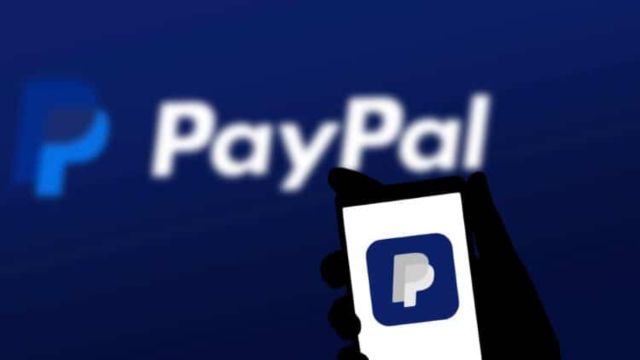PayPal is expanding into the digital finance space by offering a new incentive: a 3.7% annual dividend on their US dollar-backed stablecoin, PayPal USD (PYUSD). The move is intended to increase the use of PayPal’s stablecoin across its payment channels, demonstrating how important stablecoins are in the larger financial ecosystem.
With the stablecoin industry gaining traction and more financial firms aiming to establish themselves in the digital payment arena, PayPal’s statement marks a watershed moment in the adoption of stablecoins.
Learn about PayPal’s innovative PYUSD rewards program
As of this summer, PayPal and Venmo customers in the United States will receive 3.7% APY on their PYUSD holdings. The yield will be paid in PYUSD, which may then be used immediately within the PayPal system for:
- Funding International Transfers
- Sending money to other users
- Shop online with PayPal businesses.
- Exchange for fiat cash.
With the introduction of such an extraordinary incentive, owning and using PYUSD becomes significantly more appealing in contrast to traditional fiat or even competing stablecoins such as Tether (USDT) and Circle’s USDC, which are now dominant in the market. PayPal, which focusses on utility-driven yield, provides users with some functional benefit in exchange for simply storing digital currency.
According to PayPal’s President and CEO, Alex Chriss, “Stablecoins have the potential to reshape the future of commerce.” By combining this revolutionary technology with our extensive worldwide network, we can assist all users prosper in the global economy.”
Where does PYUSD fit into the competitive stablecoin market?
PayPal became the first major financial firm to launch a US dollar-backed stablecoin with PYUSD in 2023. Currently, the PYUSD accounts for less than 1% of the stablecoin market. According to CryptoQuant, the stablecoin market is now dominated by USDT (66%) and USDC (28%).
While the PYUSD’s footprint remains tiny, it is supported by PayPal’s global infrastructure, providing it the advantage it need. PayPal’s strategy focusses on enabling transactions, whilst other stablecoin issuers are primarily concerned with profit produced from interest revenue on reserves. PYUSD can be considered a functional currency because it provides a yield to users while also allowing for frictionless spending.
PayPal’s official statement on the yield-bearing stablecoin demonstrates that the company is committed to developing a commerce-ready ecosystem that includes vendor payments and cross-border transfers. PayPal may also offer bill payment and payout services in the future.
The pull and traction of stable coins
Stablecoins serve as a bridge between the crypto and fiat worlds, with the primary purpose of trading, lending, or storing value in decentralised finance. Stablecoins have gained popularity among mainstream consumers as an alternative to bank deposits, particularly in countries with unpredictable currencies or poor banking infrastructure. Digital finance is an entire financial realm in and of itself. So much so that cryptocurrency investors must fill out a few forms on their tax returns before the deadline.
PayPal’s decision to provide yield for Stablecoins
Offering a dividend on stablecoins is part of the overall stablecoin trend. The yield-bearing stablecoins have been touted as a new financial product for customers looking to grow without the volatility associated with other crypto assets such as Bitcoin or Ethereum.
PayPal’s offering is gaining traction due to its emphasis on usability and payments. PayPal’s dividend encourages circulation rather than investment. PayPal hopes that this method would help them reach out to the underbanked population, who typically do not have high-yield savings accounts but already use PayPal or Venmo. The message from PayPal’s PYUSD is clear: digital currencies aren’t just for traders.












